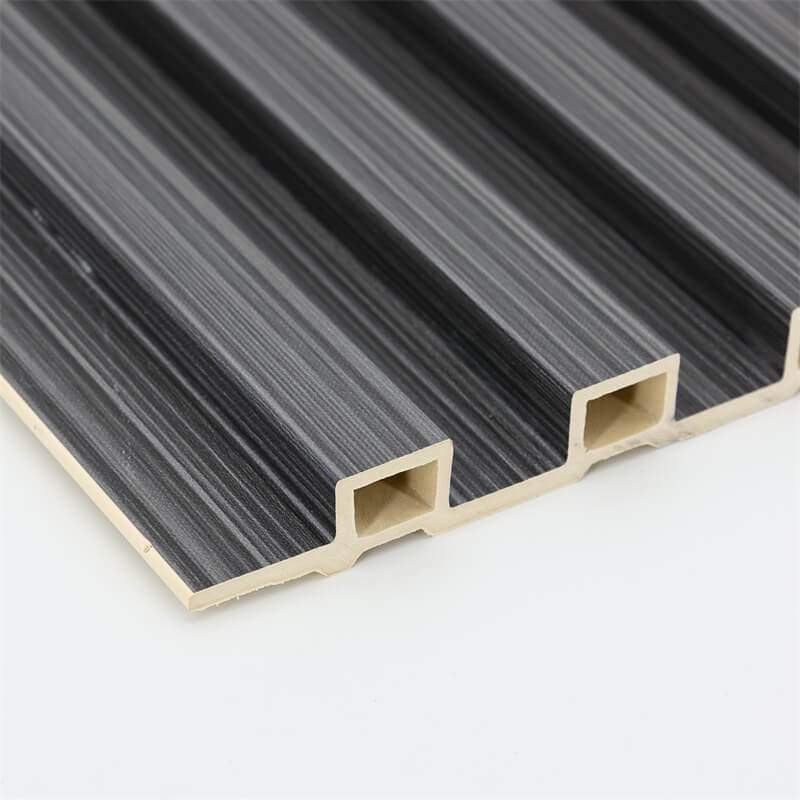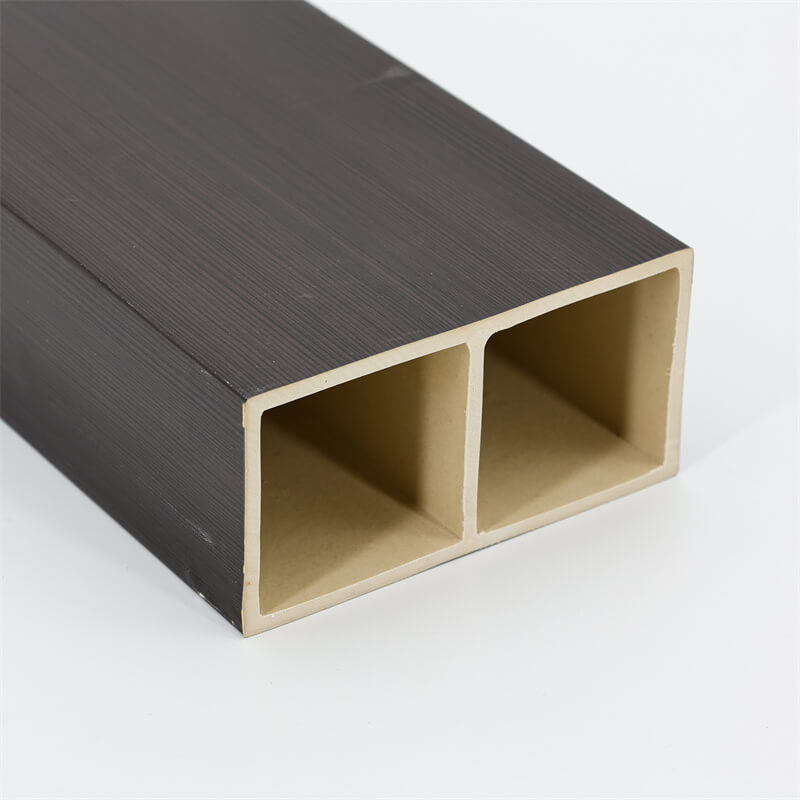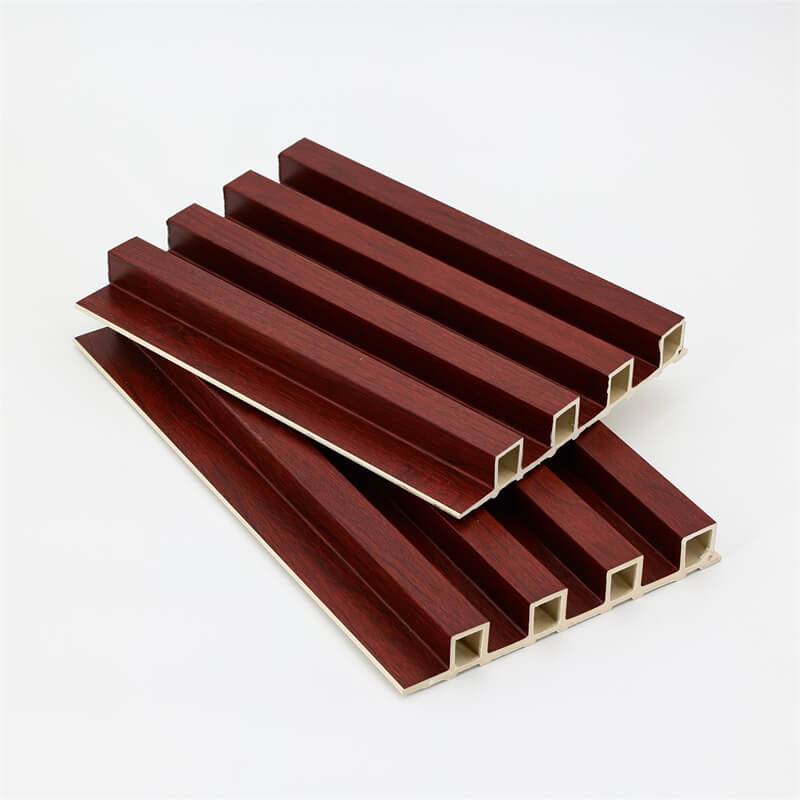
Wood Plastic Composite (WPC) wall panels have gained popularity in the construction and interior design industries over the past few years.
Their unique blend of wood fibers and thermoplastic polymers offers a sustainable, durable, and aesthetically appealing alternative to traditional wall materials.
Despite their advantages, WPC wall panels have been subject to various myths and misconceptions that have led to some hesitation among potential users.
In this essay, we will explore and debunk four common myths surrounding WPC wall panels to provide a comprehensive understanding of this material’s true capabilities.
WPC Wall Panels Are Not Environmentally Friendly
One of the most common misconceptions about WPC wall panels is that they contribute to environmental degradation and are not eco-friendly.
This belief often stems from the presence of plastics in the composite, which are known for their environmental impact.
However, this myth overlooks crucial factors that establish WPC wall panels as a sustainable choice.
Debunking the Myth:
a. Recycled Materials: WPC wall panels often incorporate recycled wood fibers and plastics, diverting waste from landfills and reducing the demand for virgin resources.
b. Reduced Carbon Footprint: The manufacturing process of WPC wall panels consumes less energy and emits fewer greenhouse gases compared to conventional building materials like brick and concrete.
c. Longevity and Durability: The extended lifespan of WPC wall panels means they require less frequent replacement, reducing overall waste generation.
d. Biodegradability: Some WPC wall panels are made with biodegradable plastics, ensuring that they can break down naturally at the end of their life cycle, further minimizing environmental impact.

WPC Wall Panels Are Less Durable Than Traditional Materials
Another misconception is that WPC wall panels are not as durable as materials like brick, concrete, or natural wood.
Skeptics argue that the plastic content in WPC makes it susceptible to wear, fading, and damage over time.
Debunking the Myth:
a. Resistance to Moisture and Rot: WPC wall panels are highly resistant to moisture, making them ideal for humid environments.
Unlike natural wood, they do not rot, decay, or attract pests, ensuring their longevity.
b. Fade Resistance: Technological advancements have enabled manufacturers to add UV inhibitors during the production process, significantly reducing the material’s susceptibility to fading caused by sunlight exposure.
c. Scratch and Impact Resistance: WPC wall panels are designed to withstand everyday wear and tear, including scratches and impacts from regular use.
d. Weatherability: WPC wall panels can withstand extreme weather conditions, including temperature variations, without compromising their structural integrity.

WPC Wall Panels Contribute to Deforestation
Some critics argue that WPC wall panels contribute to deforestation because they contain wood fibers. They claim that the demand for these panels leads to the depletion of forests and harms the environment.
Debunking the Myth:
a. Sustainable Wood Sourcing: Reputable WPC manufacturers prioritize responsible wood sourcing practices, including the use of wood from sustainably managed forests and certified suppliers.
b. Alternative to Solid Wood: WPC wall panels provide an alternative to solid wood, reducing the demand for natural lumber and helping to preserve forests.
c. Recycled Wood Content: As mentioned earlier, many WPC wall panels contain recycled wood fibers, further reducing the reliance on freshly cut timber.
WPC Wall Panels Release Harmful Chemicals
Concerns about the potential release of harmful chemicals from WPC wall panels have also emerged.
Some believe that the plastics used in the composite can emit volatile organic compounds (VOCs) and pose health risks to occupants.
Debunking the Myth:
a. Low VOC Emissions: Reputable manufacturers adhere to strict quality standards, ensuring that their WPC wall panels comply with regulations limiting VOC emissions.
b. Health and Safety Certifications: WPC wall panels undergo testing and certification to verify their safety and suitability for interior use, guaranteeing that they do not pose any significant health risks to occupants.
c. No Formaldehyde: Unlike certain building materials, WPC wall panels do not contain formaldehyde, a common VOC associated with health concerns.
WPC wall panels are a versatile and environmentally friendly material that has been unjustly subjected to myths and misconceptions.
By debunking these myths, we can appreciate the benefits of WPC as a sustainable, durable, and safe option for interior and exterior wall cladding.
As technology and manufacturing processes continue to advance, WPC wall panels are likely to become an even more attractive
and accessible choice for environmentally conscious builders, architects, and homeowners.
Embracing this innovative material can contribute to a greener and more sustainable future in the construction industry.
